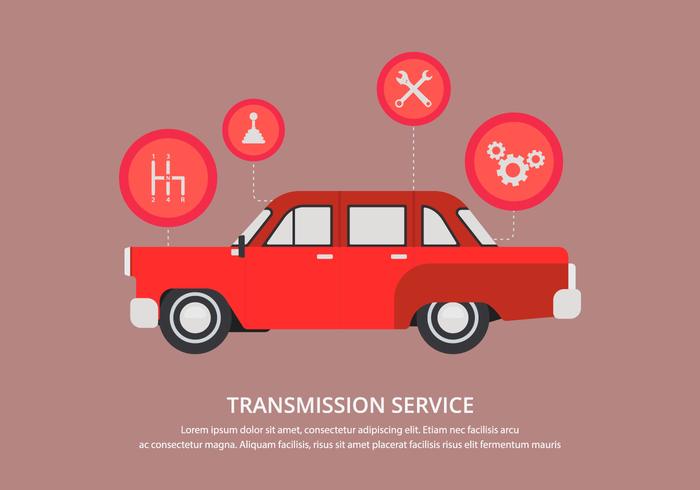Translating Your Automobile'S Caution Indicators: What They Genuinely Symbolize
Translating Your Automobile'S Caution Indicators: What They Genuinely Symbolize
Blog Article
Content Created By-Higgins Winters
When you're behind the wheel, those beautiful caution lights on your control panel can be a bit difficult. Do you know what they're attempting to tell you about your vehicle's health and wellness? Comprehending the significance of these lights is vital for your safety and security and the long life of your lorry. So, the next time among those lights turns up, wouldn't you wish to decode its message properly and take the required actions to address it?
Common Caution Lighting and Interpretations
Determine typical caution lights in your auto and recognize their definitions to make sure risk-free driving.
The most regular caution lights consist of the check engine light, which signals concerns with the engine or discharges system. If this light begins, it's critical to have your vehicle examined quickly.
https://brakefluidprice17395.is-blog.com/37594197/the-5-major-myths-of-vehicle-outlining-described-and-resolved alerting light indicates low oil pressure, requiring prompt attention to stop engine damage.
A blinking battery light could suggest a malfunctioning billing system, possibly leaving you stranded if not addressed.
The tire stress tracking system (TPMS) light alerts you to reduced tire stress, affecting car stability and fuel effectiveness. Neglecting this might bring about dangerous driving problems.
please click the next page indicates a trouble with the anti-lock braking system, jeopardizing your ability to quit promptly in emergency situations.
Lastly, the coolant temperature warning light warns of engine getting too hot, which can cause extreme damages if not solved quickly.
Understanding these usual caution lights will aid you attend to concerns immediately and preserve secure driving conditions.
Significance of Prompt Focus
Recognizing the usual caution lights in your cars and truck is only the initial step; the relevance of immediately addressing these warnings can not be emphasized sufficient to ensure your security on the road.
When a caution light illuminates on your control panel, it's your vehicle's method of interacting a prospective issue that requires attention. Ignoring these cautions can result in extra serious issues later on, compromising your safety and possibly costing you a lot more out of commission.
Trigger focus to warning lights can avoid break downs and accidents. For example, a blinking check engine light could show a misfire that, if left neglected, could cause damages to the catalytic converter. Addressing this quickly can conserve you from a pricey repair service.
Likewise, a brake system cautioning light could indicate reduced brake fluid or used brake pads, essential parts for your safety when driving.
Do It Yourself Troubleshooting Tips
If you see a caution light on your dashboard, there are a couple of do it yourself fixing tips you can attempt before seeking professional help.
The first step is to consult your vehicle's guidebook to understand what the particular caution light suggests. Occasionally the concern can be as basic as a loosened gas cap triggering the check engine light. Tightening up the gas cap might resolve the problem.
Another typical issue is a low battery, which can cause different cautioning lights. Checking the battery connections for corrosion and guaranteeing they're protected could fix the issue.
If a warning light continues, you can try resetting it by detaching the vehicle's battery for a couple of minutes and afterwards reconnecting it. In addition, examining your lorry's fluid degrees, such as oil, coolant, and brake liquid, can help fix alerting lights associated with these systems.
Final thought
To conclude, understanding your automobile's caution lights is necessary for keeping your automobile running efficiently and safely. By immediately dealing with these notifies and recognizing what they mean, you can stay clear of pricey repair work and possible breakdowns.
Keep in mind to consult your car's guidebook for specific information on each advising light and take action appropriately to make sure a hassle-free driving experience.
Keep notified, stay secure when traveling!
